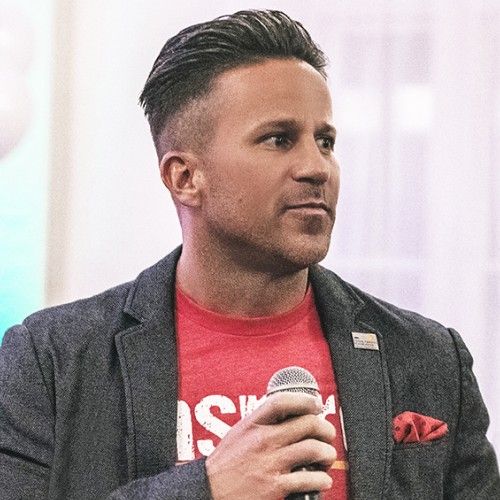Being a busy person is a challenge in many aspects, especially finding time to develop leadership skills. Such skills are essential to making it to the top of the professional ladder. Whether you’re a business executive, entrepreneur, college student, or stay-at-home parent, having great leadership skills can open up new opportunities.
Leadership Development
First, it is important to identify a key leadership area you want to develop. You’re already limited on time, so don’t try to tackle too much at once. Review any data or feedback that you have, such as performance reviews or results of a recent 360 survey. Identify no more than two competencies or skills you want to improve.
Second, set yourself a time limit. It’s common for leaders to make critical mistakes by trying to do too much, too fast. You will get excited, watch an hour’s worth of content in one day, get overwhelmed by too many ideas and tips, and either lose your motivation or try to implement and get discouraged by the lack of results. Instead, remember this is a long-term game. Small actions you do every day will be much more effective in the long term, than short bursts of activity. And in every busy leaders’ life, getting help to enhance and encourage leadership development is easy with Ambition in Motion’s executive mastermind groups.
Mentorship programs are a great way to continuously invest in leadership development throughout the organization. The program does not have to be complicated, with some basic content it can provide both people in a horizontal mentorship exposure to valuable development content.
One highly-rated professional mentorship program is the AIM Insights Executive Mentorship program. The key part of this program is that your mentor acts as a source of guidance and coaching, customized to your individual needs.
Luckily, this mastermind mentorship program has short videos, meaning that you only need to invest three to five minutes a day. Find a course that matches a developmental area you have identified. Commit to watching one or two short videos a day. And the customized coaches that you’re paired with guide you to make physical and mental notes of key takeaways and ideas for how to implement into your day.
What is executive coaching?
Executive coaches work with business leaders to enable their rapid development in the workplace. They also assist with specific problems that a board member, or senior manager, wants to work through outside of the normal business framework.
This coaching focuses very specifically on the issues that an executive wants to work through. Thus it becomes a speedy way to improve skills and to achieve personal and professional objectives.
The executive coach gives the executive feedback and a new perspective that enables them to set goals and work towards them. The coaching sessions use objective feedback to drive the executive's thought processes forward through their issues.
Becoming a Better Leader
Leadership development should be recognized as an ongoing part of professional life. And while dipping in and focusing on it when time allows is great, as we all know, time doesn’t always allow. That doesn’t mean that you can’t develop your skills. All it takes to become a better leader is dedication and a small investment of time.
If this still feels overwhelming, remember this: We mistakenly think that leadership development only occurs in the workplace. However, research suggests that most effective leaders learn all the time and everywhere.
As a manager or executive, having a support system such as an executive mentor is crucial. But be aware of your own need for support and friendship in the work environment and make a conscious effort to seek them out in the appropriate places.




































































